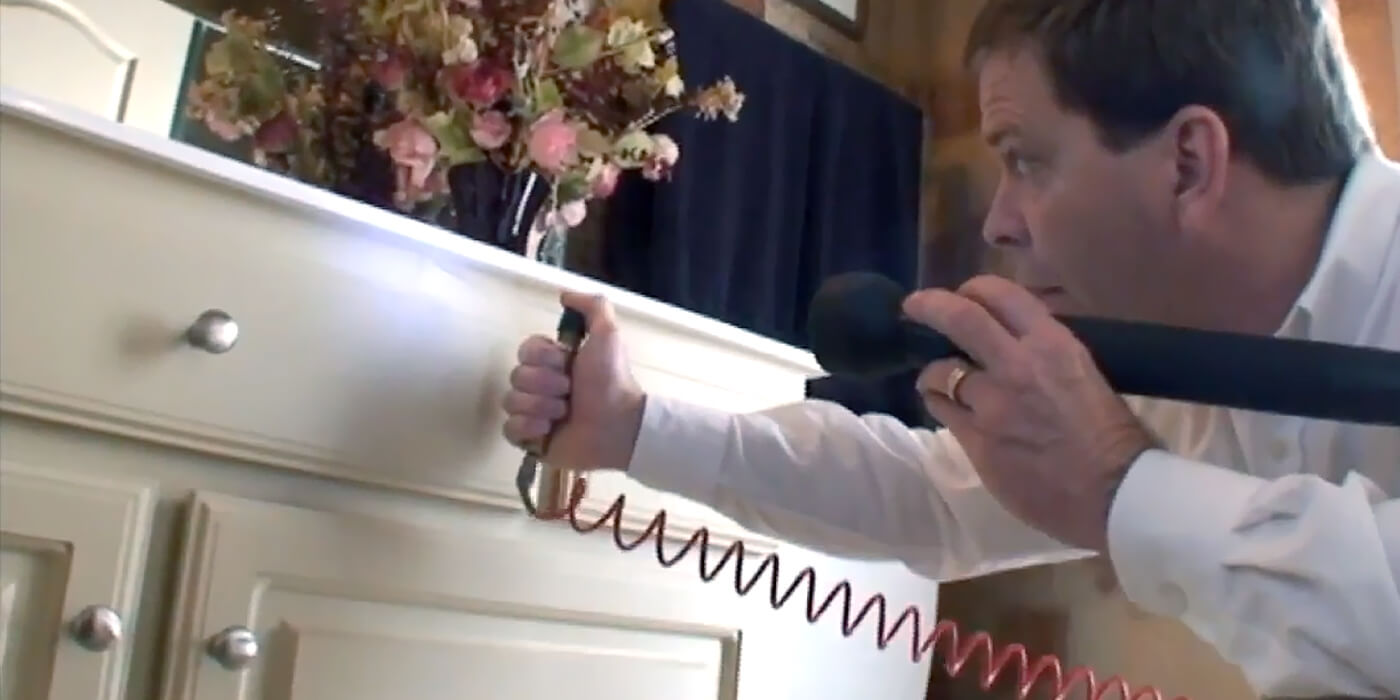Orem Pest Control: Your Partner in Maintaining a Pest-Free Environment
Orem Pest Control: Your Partner in Maintaining a Pest-Free Environment
Blog Article
Uncovering the Different Types of Pest Control Techniques and Their Applications
Pest control is an essential aspect of preserving a risk-free and healthy environment, whether it remain in residential, commercial, or farming setups. Different methods have been developed and fine-tuned over the years to effectively mitigate and take care of bug problems. From chemical techniques that target details bugs to biological approaches that harness natural predators, the world of parasite control is diverse and substantial. Comprehending the different sorts of pest control strategies and their applications is crucial for applying the most sustainable and suitable remedies. Let's explore the ins and outs of these approaches and exactly how they can be effectively made use of to attend to pest-related challenges.
Chemical Parasite Control Techniques
Chemical bug control methods are extensively used in farming and insect administration to properly remove or regulate pest invasions. These techniques include the use of chemical substances, such as pesticides, herbicides, and pesticides, to reduce or eliminate pest populaces that position a risk to plants, animals, or human wellness.
While chemical insect control methods can be very effective in handling pest populaces, they additionally raise issues concerning possible ecological and health dangers. It is essential to follow security standards, make use of integrated pest monitoring approaches, and consider alternate approaches to decrease the negative influences of chemical bug control methods.
Biological Bug Control Techniques
 Biological insect control techniques utilize living organisms to minimize and handle insect populations in a sustainable and environmentally pleasant fashion. This approach entails introducing natural killers, bloodsuckers, or microorganisms to control pests without the requirement for artificial chemicals. One common method is the launch of ladybugs to battle aphids in yards, as ladybugs are all-natural predators of these damaging parasites. An additional instance is the use of Bacillus thuringiensis (Bt), a microorganism that produces contaminants deadly to certain insect larvae, to regulate insects and caterpillars.
Biological insect control techniques utilize living organisms to minimize and handle insect populations in a sustainable and environmentally pleasant fashion. This approach entails introducing natural killers, bloodsuckers, or microorganisms to control pests without the requirement for artificial chemicals. One common method is the launch of ladybugs to battle aphids in yards, as ladybugs are all-natural predators of these damaging parasites. An additional instance is the use of Bacillus thuringiensis (Bt), a microorganism that produces contaminants deadly to certain insect larvae, to regulate insects and caterpillars. 
Organic parasite control approaches use a number of advantages over chemical techniques. In general, biological parasite control approaches provide a effective and all-natural option to traditional chemical therapies, advertising a balanced community and healthier settings.
Physical Insect Control Approaches
Utilizing physical techniques to regulate insects entails the use of non-chemical or mechanical means to handle and mitigate insect problems efficiently. One usual physical insect control approach is the installment of displays, fencings, or webs to block bugs from getting in particular areas.
One more physical technique is using catches, such as breeze catches for rats or scent catches for pests. These traps objective to catch bugs anchor without posturing any kind of risk to humans or the setting. In addition, physical control approaches can consist of techniques like handpicking insects off plants, utilizing vacuum devices to remove insects, or utilizing warmth therapies to eradicate bed insects and various other pests in infested areas.
Integrated Pest Management Techniques
Carrying out a holistic strategy to pest administration, Integrated Parasite Monitoring (IPM) techniques aim to combine various reliable methods to protect against and regulate bug problems while lessening ecological effect and ensuring sustainable parasite control methods. IPM includes the integration of numerous control techniques such as organic control, cultural practices, mechanical control, and the mindful usage of pesticides.

Additionally, IPM stresses the importance of tracking and analyzing pest populations to identify one of the most suitable control methods. By implementing IPM techniques, bug control initiatives come to be a lot more targeted and reliable, minimizing the risks connected with extreme chemical use and advertising long-term insect administration options.
All-natural and Organic Parasite Control Options

One prominent organic parasite control approach is neem oil, obtained from the seeds of the neem tree, which works as a repellent and interrupts the development and development of bugs. Diatomaceous planet, a natural silica-based powder, is one more reliable organic pest control choice that that site functions by dehydrating bugs upon call. By incorporating organic and all-natural pest control options into parasite management techniques, individuals can effectively control bugs go to this site while minimizing harm to the atmosphere and advertising lasting techniques.
Conclusion
In final thought, numerous pest control techniques such as chemical, biological, physical, incorporated pest administration, and all-natural alternatives are available for effectively handling insect invasions. Each technique has its own benefits and applications relying on the kind of pest and the environment. By understanding the various kinds of pest control strategies and their applications, people can make informed choices on the most appropriate strategy to manage pests and safeguard their property.
Chemical insect control techniques are extensively used in farming and parasite monitoring to properly get rid of or regulate pest invasions - Orem Pest Control. Natural bug control techniques include using organic control representatives, such as parasites or killers, to take care of bug populations. By incorporating natural and natural pest control options right into parasite administration approaches, people can successfully manage pests while decreasing injury to the atmosphere and promoting sustainable techniques
In final thought, various parasite control methods such as chemical, biological, physical, incorporated pest administration, and natural choices are available for effectively handling pest infestations. By understanding the various types of parasite control methods and their applications, people can make educated decisions on the most ideal strategy to control bugs and safeguard their residential property.
Report this page